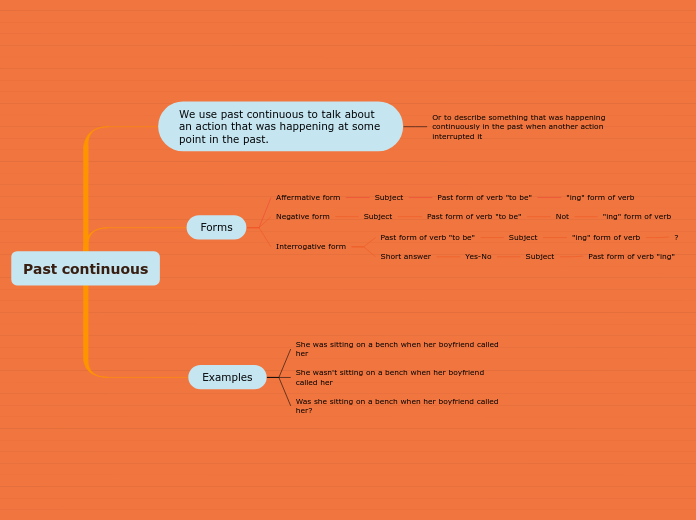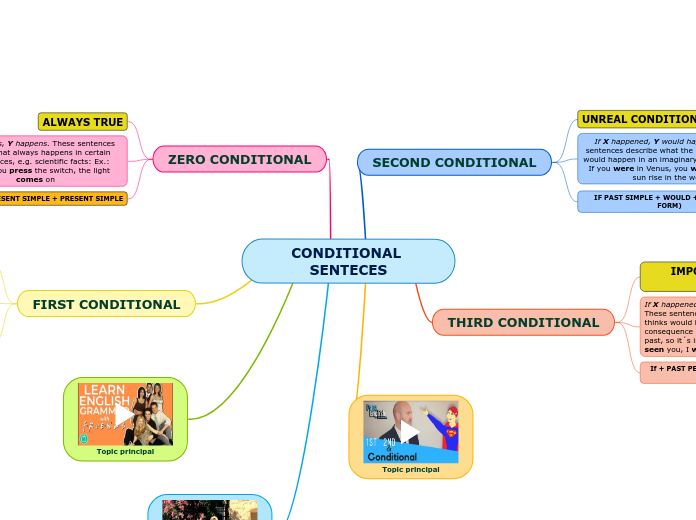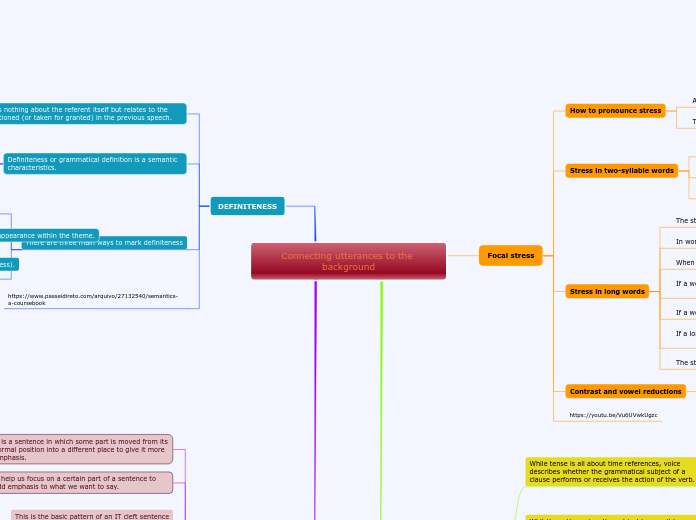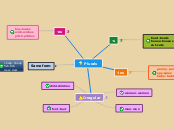a Lorenzo Consalvi 4 éve
849
Past continuous
The past continuous tense is utilized to describe actions that were occurring at a specific moment in the past or actions that were ongoing when another event interrupted them. This tense is formed using the past form of the verb "










